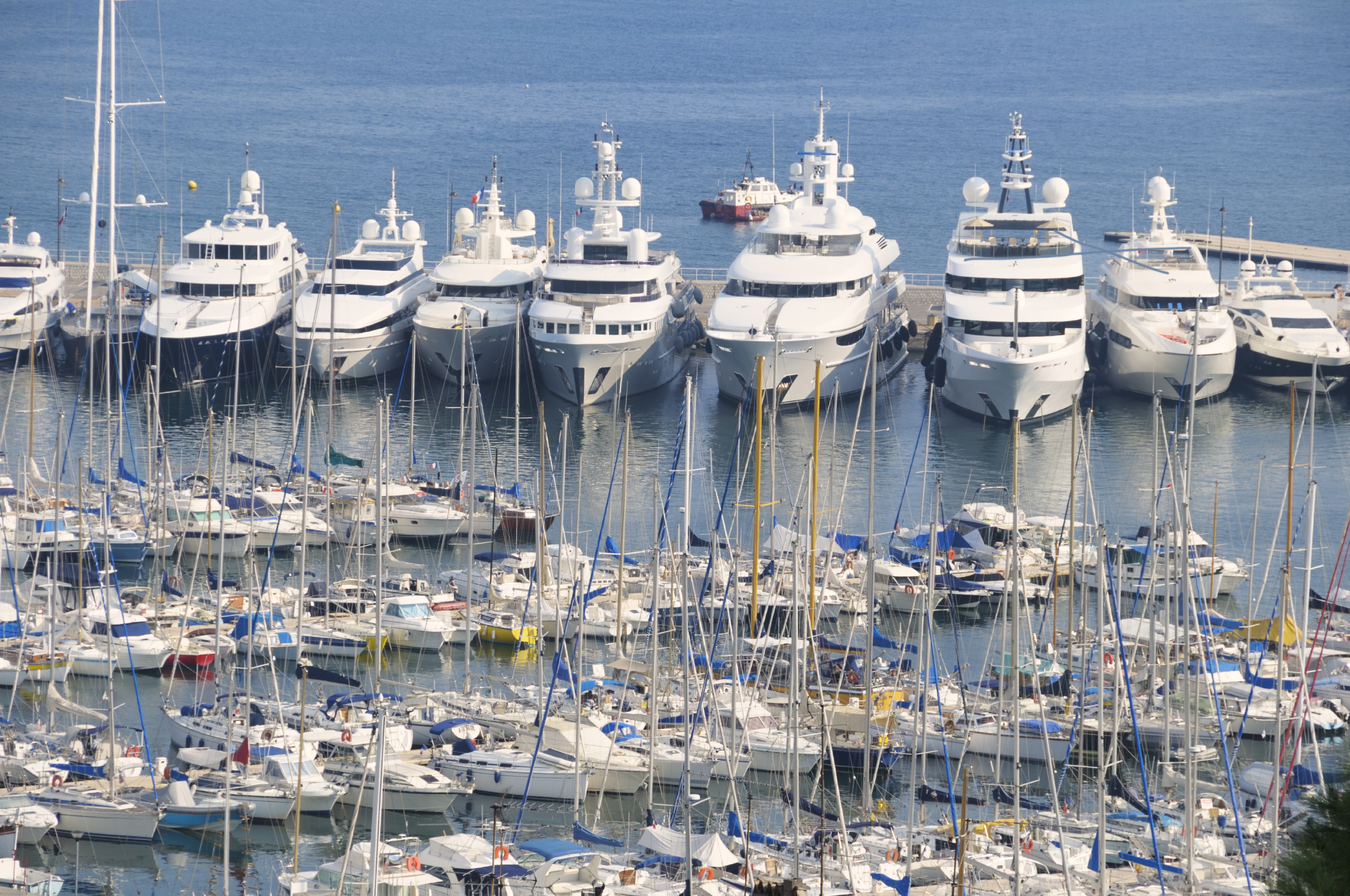What are the Three Factors that Cause 80 Percent of Deaths at Sea?
 Here’s the good news. The overall number of commercial fishing fatalities has declined by 34 percent during the time between 2000 and 2014. So, what’s the bad news? Well, fishermen are still dying at sea. In 2014 alone, 29 fishermen died while working at sea. Granted, this is a huge decrease compared to the 42 fishermen who lost their lives in 2013. Likely, the decrease is caused by improved safety practices. However, when it comes to saving the lives of workers at sea, there is always room for improvement.
Here’s the good news. The overall number of commercial fishing fatalities has declined by 34 percent during the time between 2000 and 2014. So, what’s the bad news? Well, fishermen are still dying at sea. In 2014 alone, 29 fishermen died while working at sea. Granted, this is a huge decrease compared to the 42 fishermen who lost their lives in 2013. Likely, the decrease is caused by improved safety practices. However, when it comes to saving the lives of workers at sea, there is always room for improvement.
The National Institute for Occupational Safety and Health (NIOSH) studied the figures of deaths in the commercial fishing industry during 2010 to 2014. It found that out of 188 deaths, 43 percent resulted from a vessel disaster and 57 percent resulted from crewmembers fall overboard. More specifically, it seems commercial fishing fatalities are occurring due to flooding, stability and man overboard.
Why are Flooding, Stability and Man Overboard the Main Causes of Fishermen Fatalities?
Flooding usually begins in the lazarette and moves its way into the bilges, followed by the engine room. The main issue is many of the smaller commercial fishing boats don’t have watertight integrity, be that from design of the boat or lack of proper maintenance. Typically, the doors, hatch covers, windows or sea valves fail because many smaller fishing boat owners are unaware these things require regular maintenance and inspections.
Stability is another issue. Though a general understanding of stability has been more widespread among commercial fishermen, especially on the west coast, it is still not a widely understood concept. Further, stability testing is not required for the majority of fishing vessels and modifications occur without regard to how the modifications affect the stability of the vessel. The fishermen who do have an appreciation for stability typically go by feeling and the familiarity with a specific boat. However, this is not something that can be taught and each boat is different and operating conditions affect the stability of the vessel and may not be taken into consideration. Books on stability are usually not clear, and most fishermen do not know how to interpret a stability curve or a GM, which is the measurement of stability. Thus, in some cases fishing vessels will operate beyond their stability guidelines as to their load which creates an unstable fishing vessel.
The number of fatalities caused by falling overboard has remained the same over the years. However, it was found between 2000 and 2009, 155 fishermen died when they fell overboard. None of these men were found to be wearing a personal flotation device (PFD).
These Three Factors Causing 80 Percent of Deaths at Sea are Preventable
While these three factors that cause 80 percent of all commercial fishermen deaths at sea are very serious, they are also mostly preventable. There needs to be more widespread education programs that teach fishermen about inspecting and maintaining the boats. Further, stability guidelines set for the the vessels need to be enforced and regulations need to be developed that impose stability criteria on all fishing vessels. Lastly, fishermen must make sure they are aware of the dangers of not wearing or providing PFDs to crewmembers, as well as be aware of the different PFDs available.
Latti & Anderson LLP is a maritime injury law firm that represents nationwide victims who have sustained injuries at sea. Latti & Anderson LLP has extensive experience representing families who have lost their loved ones due to a unstable fishing vessel.
